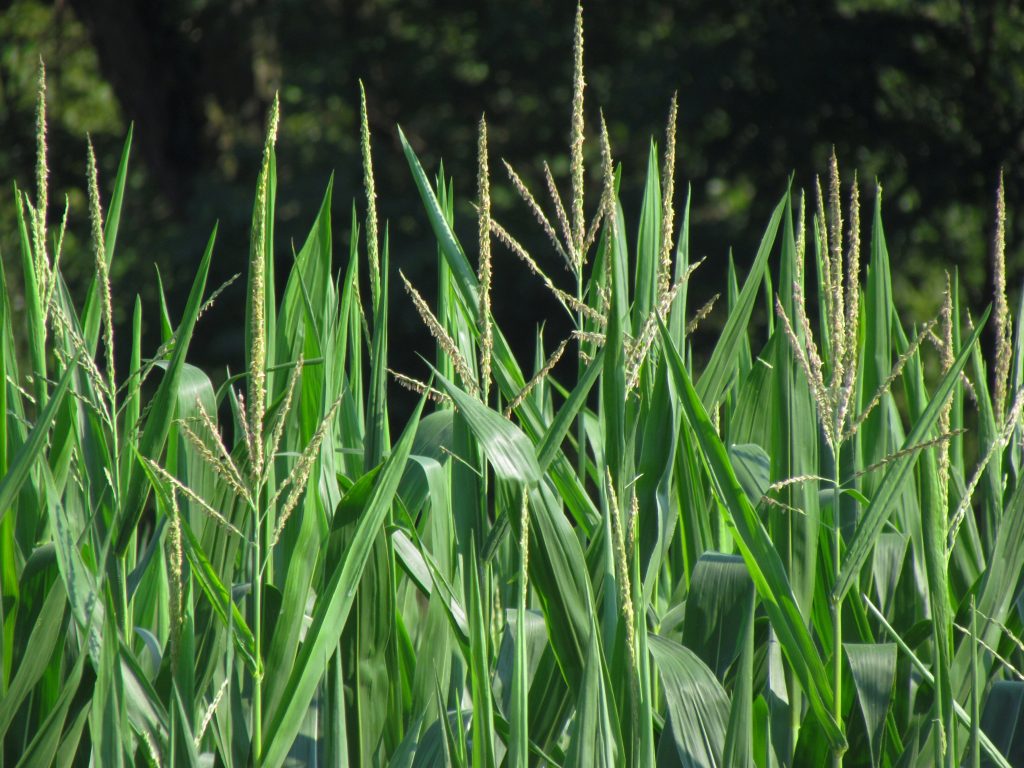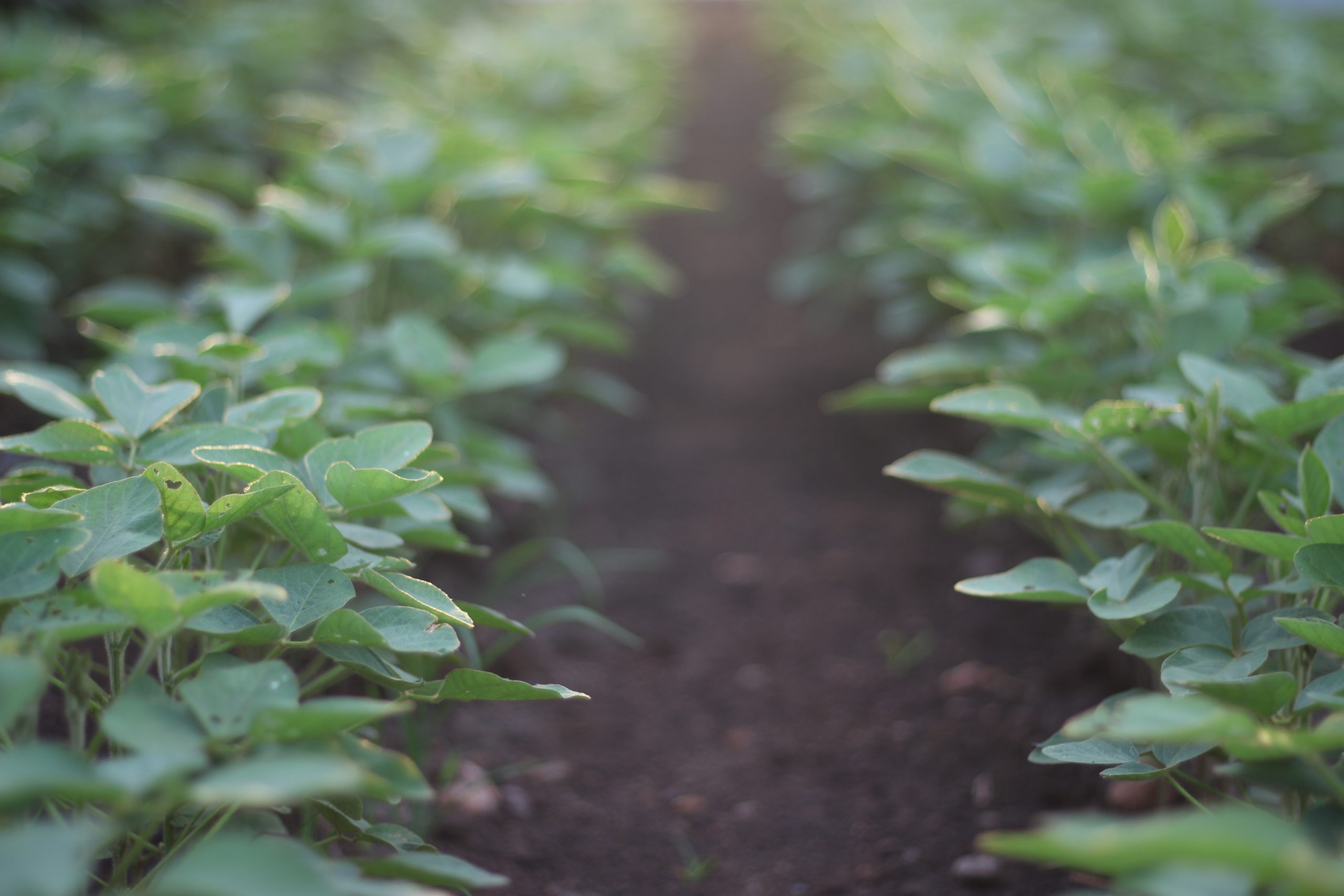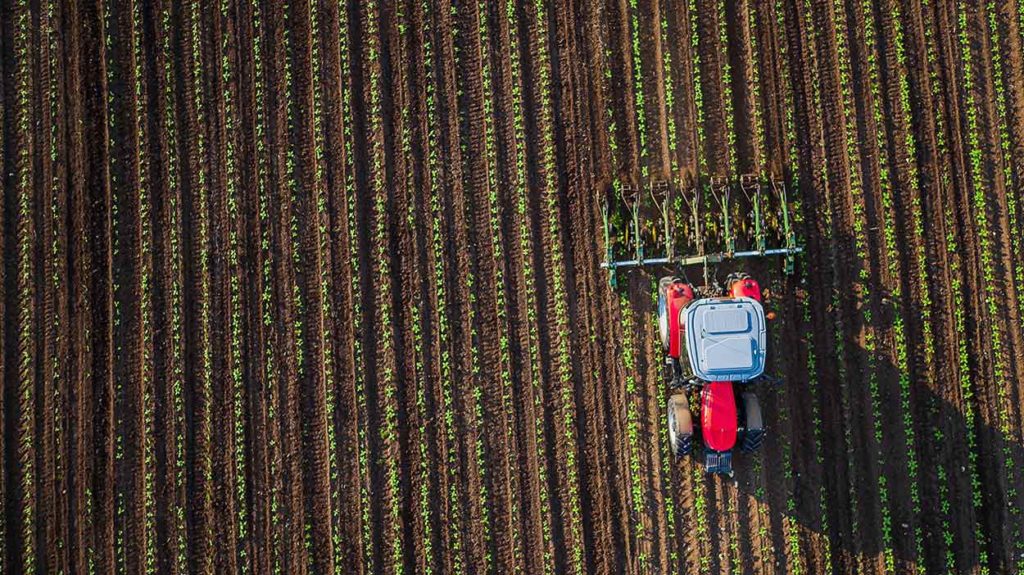- Published On: August 19, 2019
- Author: AgriSecure
The transition period to organic can be a challenging time for farmers. For 36 months you’re growing crops organically while still selling them at conventional prices, and it’s not unusual to see a yield drag along with higher costs.
But there are some situations where you can go directly into organic or significantly reduce the transition period, which will help you reach higher revenues sooner while minimizing the investment and avoiding potential cash flow challenges.

1. Alfalfa
Farmers can transition into organic directly after an alfalfa crop, as long as certain stipulations are met: it must be non-GMO and all applied substances must comply with the USDA’s National Organic Program (or NOP) for 36 months.
If those two requirements are met, transitioning into organics out of alfalfa offers several substantial benefits. First, those acres will have been economically productive during the transition period. But more importantly, alfalfa has great agronomic value for organic production because it helps improve the soil water infiltration and fertility, while helping suppress future weed challenges. For example, any weeds that do germinate are mowed off every 30 days when the alfalfa is clipped, thus reducing the weed bank.
2. Prevented plant acres
One situation that’s particularly relevant to this year is prevented plant acres. If you took prevented plant this year and didn’t apply any herbicides for weeds this past fall or spring, then you’ve got a one-year head start on the process — maybe even more, depending on previous crops and practices.
The only thing that may disqualify you, aside from any chemical or synthetic fertility application that isn’t organic-approved, is if you plant any cover crops that are genetically modified or have seed treatments, as those are not permitted under the organic program.
If you are interested in transitioning to organic, we recommend you visit with us before doing anything. One small misstep can ruin your opportunity and set you back to the beginning of the transition process.
3. CRP ground
Ground coming out of the Conservation Reserve Program (CRP) also presents an opportunity for farmers to transition directly into organic, because it’s typically been left alone for 36 months or longer. As long as no prohibited substances have been applied, it may be eligible right away.
However, taking ground that’s been in prairie straight into high-intensity crop production can often be challenging, due to the fertility and makeup or condition of the soil. In such cases, we may recommend farmers use organic field peas or another lower-input crop the first year to help recondition the soil in preparation for the following year’s organic corn.
Another option with CRP is to plant a cover crop in the fall to get additional biological and nutrient activity, which will help the soil’s productivity for future crops.
4. Fallow ground
If a field has been fallow for 3 years with nothing applied to it, it could be transitioned into organic production, but you’ll need to evaluate its productivity. If ground is fallow because it’s not productive enough to be profitable for conventional grain prices, it may be best suited for a small organic grain rotation, which will have its own benefits and limitations.
If you have fallow ground and you’re wondering whether it would be good for organic production, AgriSecure can help you evaluate that decision.
5. Winter Wheat
Winter wheat fields that haven’t had any conventional herbicides applied are another great opportunity for growers to cut down on their transition time to organic. If you planted winter wheat last fall and only use organically certified pesticides for disease in the spring, you’ll be one year into the transition process while still maintaining productivity on those fields.
6. Grazed fields
Finally, fields that are grazed may present another opportunity for a faster transition to organic. If you have a field that’s been grazed for a couple years because it’s not great for row-crop farming, those acres may be profitable under an organic setting. Again, the transition period will depend on how long those fields have been left untouched by any genetically modified seed or substances not permitted under organic practices.
Have Your records ready
If you find yourself in a situation where you can cut down on the transition time, make sure you keep good records (or track down the necessary documentation).
One of the challenges with organic, beyond transitioning, is the amount of record-keeping required. If you’re going to claim a faster transition, you need to be able to validate no prohibited activities took place. If you can’t show you’ve maintained good records, the inspector is unlikely to trust your memory. So make sure you have good documentation, and if any fields were farmed by someone else, you’ll need an affidavit from them stating they didn’t apply any prohibited substances.
Do You Have hidden organic acres?
While the situations explained above are the most common for shorter transition times, you may have a different opportunity on your operation where you could move into organic faster. If you think such an opportunity exists, or if you’re wondering whether you have any, we can help you find those areas and take advantage of them. Cutting a year or two out of transition holds enormous value, so we want to help you uncover any opportunities that exist.
Now is a good time to be planning for next year, so if you’re interested in starting the process of moving to organic, contact us to see how you can optimize your farm’s situation and we’ll walk you through the process of becoming organically certified.
By J.P. Rhea, AgriSecure Founder and General Partner of Rhea Brothers Farm
Related Articles
-
Imports Have an Impact on Organic Crop Prices: Here’s Why
Organic soybean prices are skyrocketing. The Jacobsen reported that prices were up to $32 per bushel in the Midwest in May 2021. What’s behind this impact on organic crop prices? And why aren’t organic corn premiums keeping up? In short: it’s all about supply and demand, especially imports, says David Becker. David is an analyst […]
-
New Options Offer Farm Loans for Organic Transition
If securing farm loans for organic transition feels daunting, we have some good news. It’s not as hard as it used to be. In fact, there’s a number of new options that could provide a solution for you and your operation. Traditional lenders, farmland investors, non-profits, and even big food companies are starting to create […]
-
Organic Farming Loans Support Growers during Transition
Ask a farmer what’s keeping them from transitioning to organic row crops, and you may be surprised to hear a common answer. Finances. It’s often a struggle to find organic farming loans tailored to their needs. Yes, organics offer excellent premiums and can bring long-term profitability. But first you have to get through the 36-month […]
-
Organic Breakevens: What to Know and How to Calculate
If you’re thinking about organics, you’ve probably debated whether it’s going to pay off — literally. Yes, the price premiums are good, but you’ve heard your yields will take a hit. How can you predict profitability? The answer: calculating your organic breakevens. What are an organic breakevens? Simply put, it’s a way to calculate what […]
-
Know Your Numbers to Push Crop Profitability
Yield is often the top priority in farming. The truth, though, is that the highest yields will not necessarily result in the highest ROI. And this is especially the case for organic production. We know good execution results in the best yields, but the best way to maximize your crop profitability is to know your […]
-
6 Ways to Protect Organic Profits in Uncertain Times
Economic uncertainty hits all sectors of the agriculture industry, including organics. The good news? It’s possible to safeguard your organic profits. For a start, it’s even more important for organic farmers to focus on executing their operations really well. The better the execution, the better you can weather the market conditions and remain profitable. Here […]
-
5 Steps for Financing the Transition to Organics
Profits. They’re one of the primary reasons farmers decide to move into organic production. Financing the transition to organics, though, can be one of your biggest hurdles. That’s why the support of a banker or ag lender can be a lifeline for farmers looking to get into organics. The right backing helps you build an […]
-
4 Keys to a Strong Organic Fertilizer Strategy
Questions about an organic fertilizer strategy are common in organic farming. How do I provide enough nutrients? In particular, nitrogen. How do I manage my crop and soil without using synthetic fertilizers? Fertilizer can come from a variety of organic sources, including animal waste, decomposing plants, and nitrogen-fixing crops like soybeans and clover. So it’s […]
-
Consider Organic Farming? Yes.
With so much economic uncertainty caused by the COVID-19 pandemic, you may be wondering: Is now the right time to transition into organic crop production? Is this the right time to increase the number of organic acres you’re already farming? My answer, yes. Current market conditions, falling commodity prices for conventional crops and somewhat lower […]
-
80 Million Millennials Can’t Be Wrong: Farmer Panel
80 million millennials are a part of the driving force behind the rapid growth of organic food demand. So why aren’t more farmers transitioning into a system that sees premiums of 2x over conventional and profitable margins? In a panel that took place at FBN’s Farmer2Farmer V event, AgriSecure co-founder and organic farmer Bryce Irlbeck […]
Get in the know
Our newsletter, it’s a quick read. You’ll get industry news plus all the latest organic insights. Who doesn’t want that?










